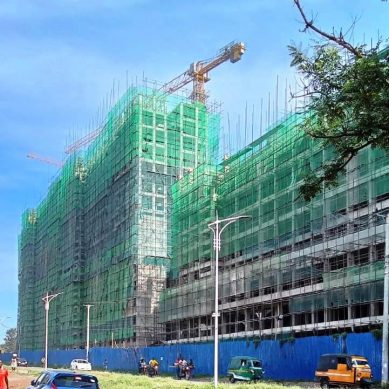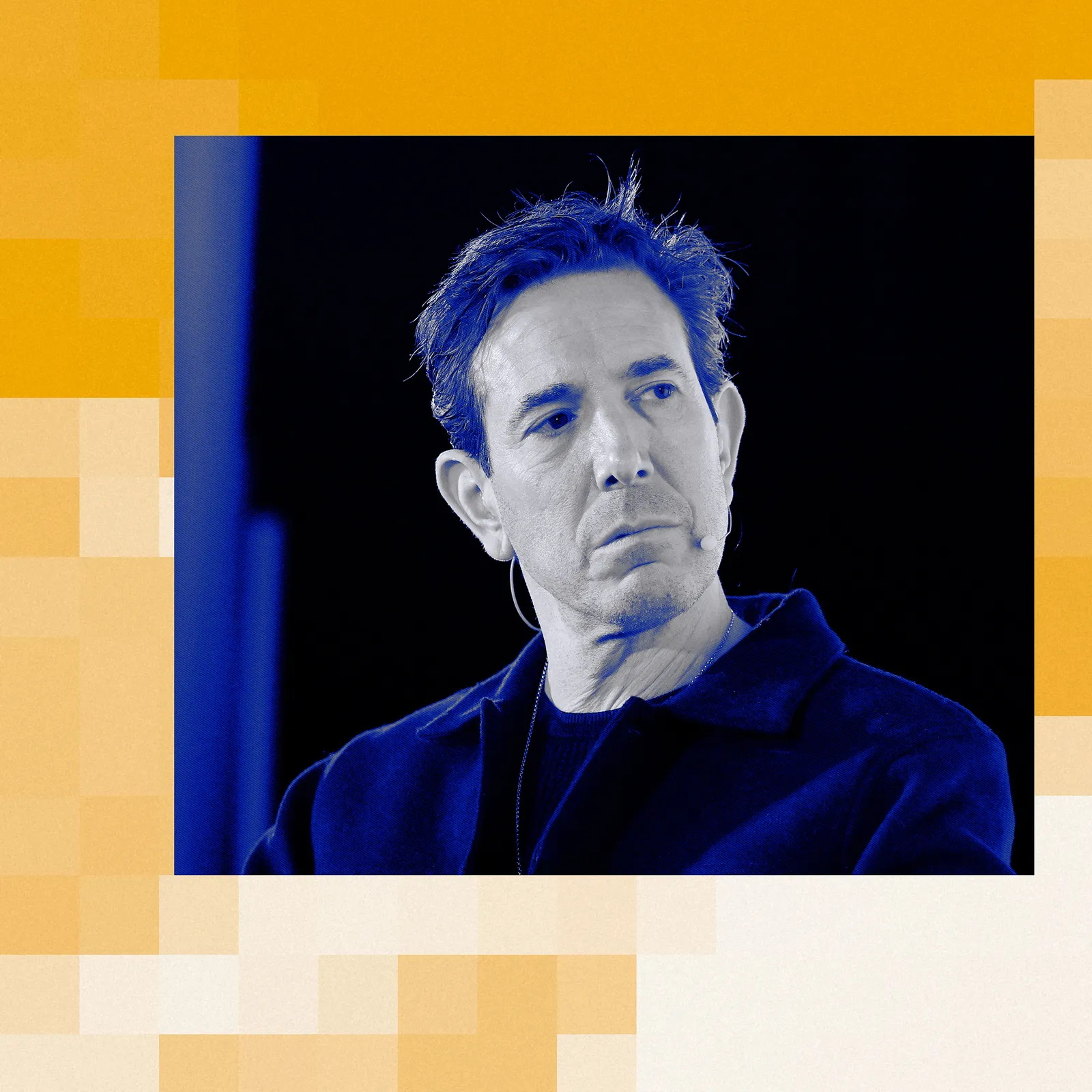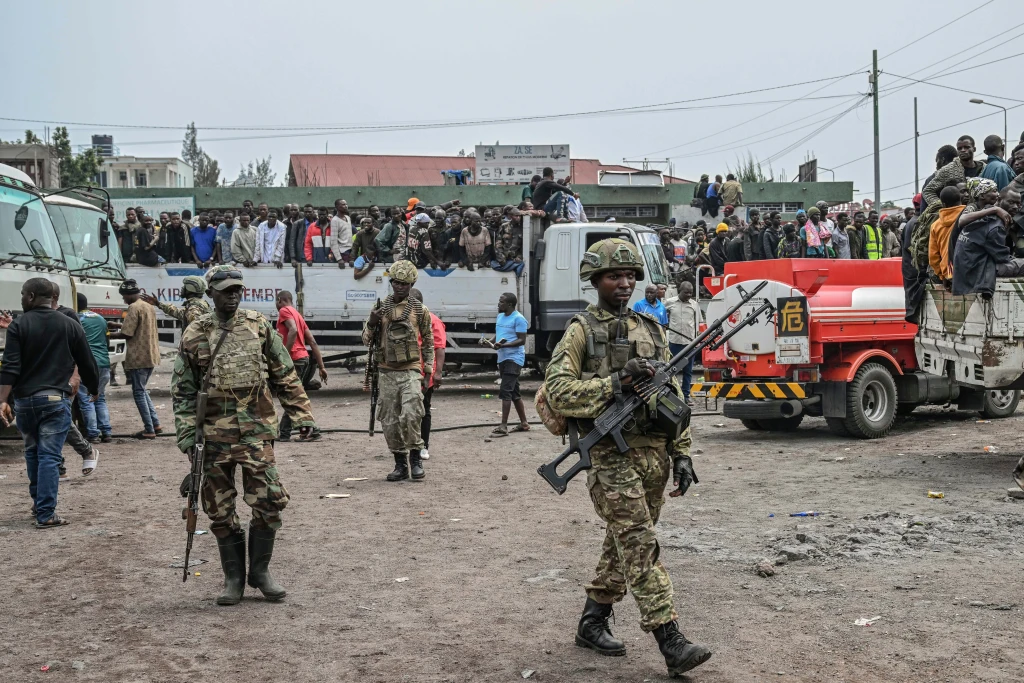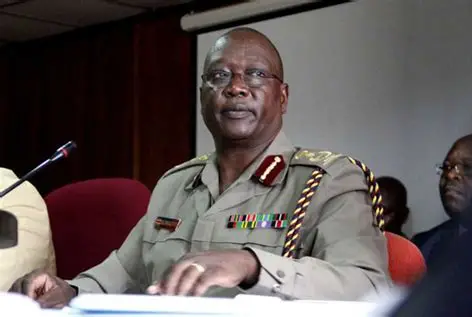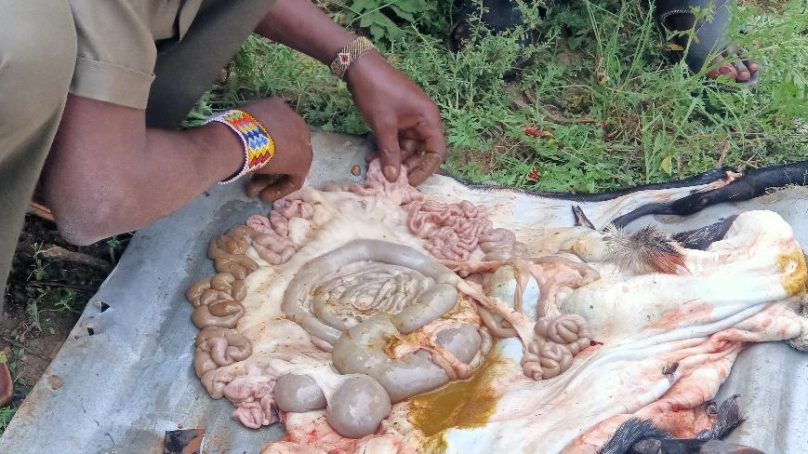
In many pastoralist communities, traditional weather forecasting methods have been used for centuries to effectively and accurately predict weather patterns and make informed decisions for their livelihoods.
As a result, the indigenous knowledge is now being integrated with scientific forecasts by the Kenya Metrological Department to provide more effective and community tailored climate information services, thereby helping Samburu farmers and pastoralists to deal with multiple threats and survive harsh realities of climate change.
These traditional methods, often based on the observation of nature, cultural knowledge and indigenous practices have been passed down through generations.
Sixty-five-year-old Joseph Letaabo, a Samburu elder from Samburu East Sub County, is a man who is equipped and skilled with the knowledge and experience of his ancestors. His skill involves interpreting a goat’s intestines to predict weather among other cultural issues that might affect Samburu people in future.
Draped in traditional Samburu shukas, three Samburu elders accompanied by weather forecast scientists in a convergence of contemporary and indigenous weather knowledge have come together to share their findings on the rainfall patterns of October, November and December (OND) at a three-day Participatory Scenario Planning (PSP) meeting.
First, the elders sacrifice a he-goat and carefully opens its abdomen to examine the intestines and tone of blood vessels which resembles rivers and their tributaries, Mzee Letaabo gave his verdict which later uncannily matched the scientific one from the Kenya Metrological Department (KMD).
“The blood vessels did not have much blood which means we expect very little rainfall in Samburu North and Samburu East sub counties but there will be slightly more rains in Samburu Central Sub-County,” he revealed.
“There will be tension caused by insecurity in Samburu north and Samburu East coupled with livestock diseases which will affect sheep and camels in the coming months,” Mzee Letaabo added.
While releasing the scientific results for OND, Samburu County Director for Metrological Services Julius Kismayo confirmed that rains will be below average in Samburu north and Samburu east while Samburu central will receive near normal to below normal rains during the same period.
“Both the elders and the Metrological Department have issued the same conclusions in the OND rains. This information will be share amongst government departments, leaders and partners to assist in coming up with mitigation against the expected low rainfalls,” he said.
Kimayo noted that the onset of the rains is unspecified in both the indigenous and scientific forecasts adding that some parts of Samburu Central are already receiving rainfall.
- A Tell Media / KNA report / By Robert Githu
